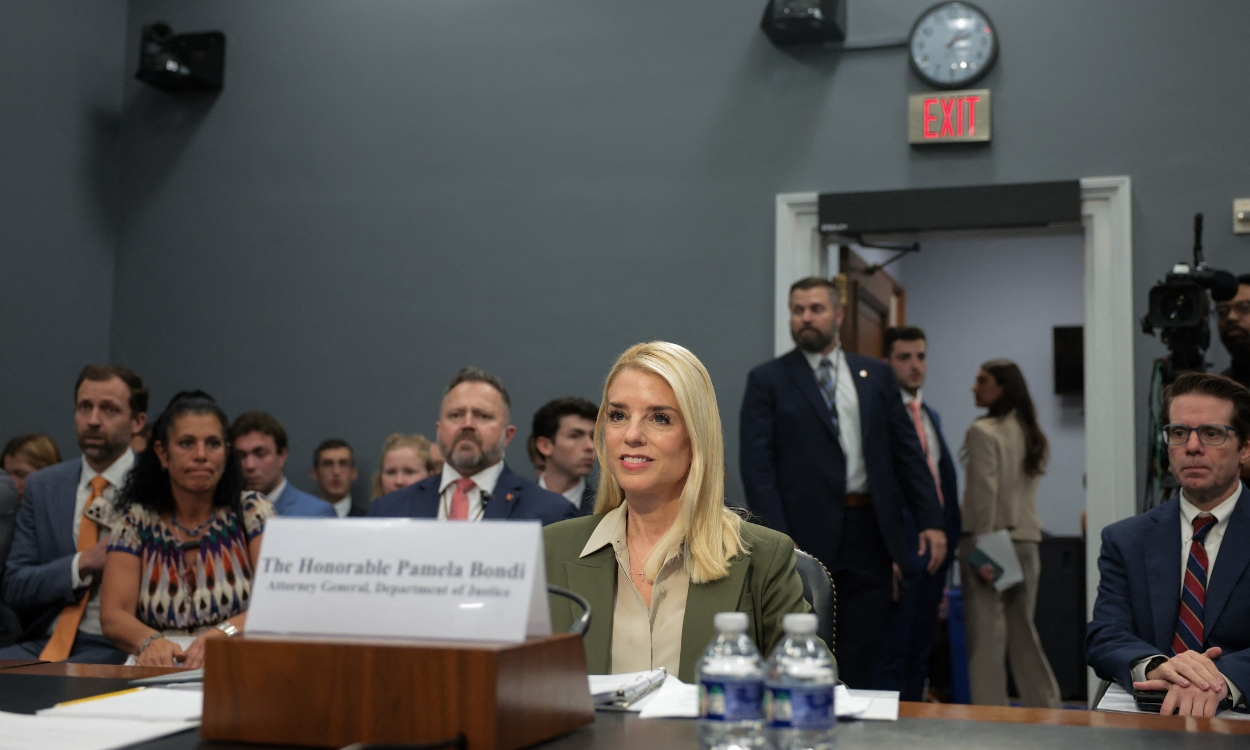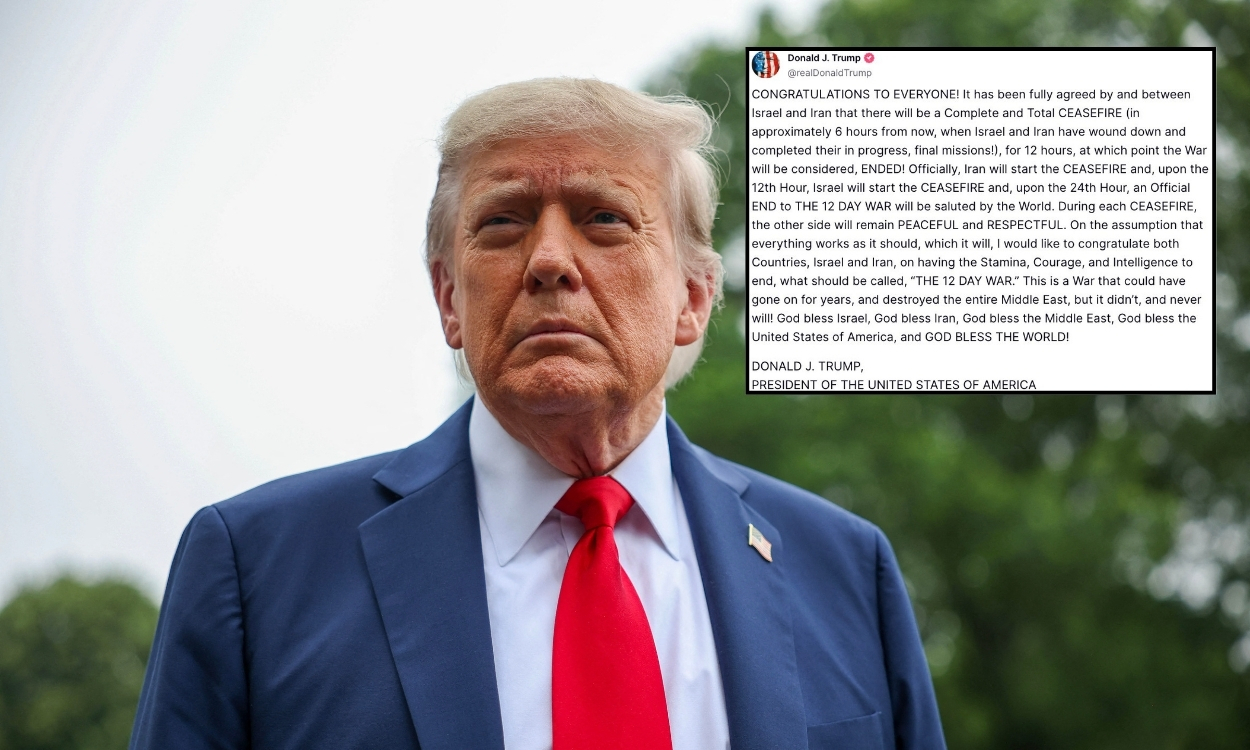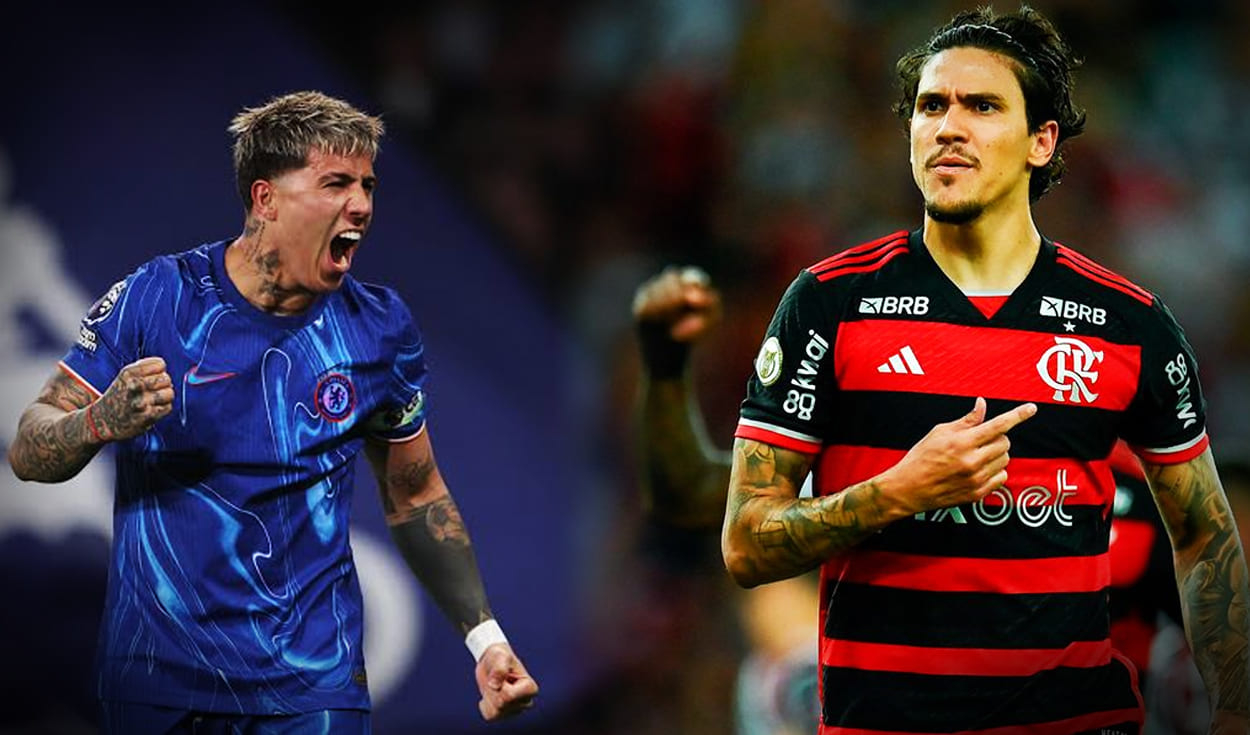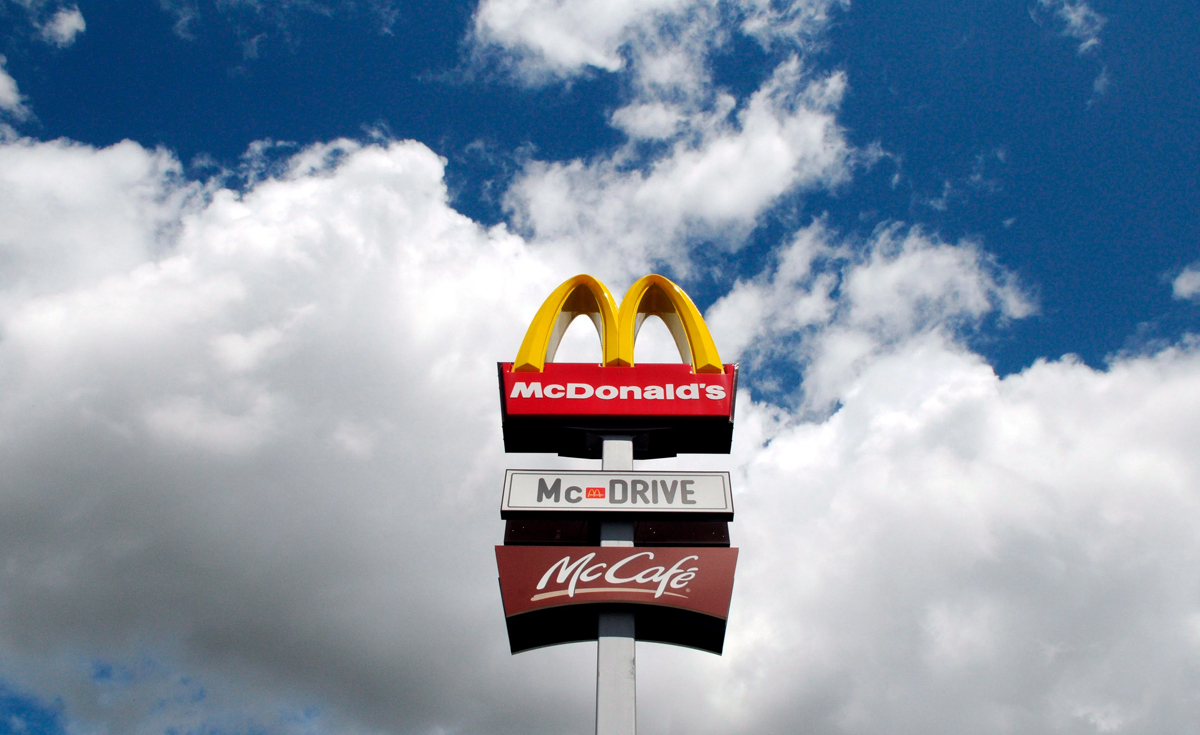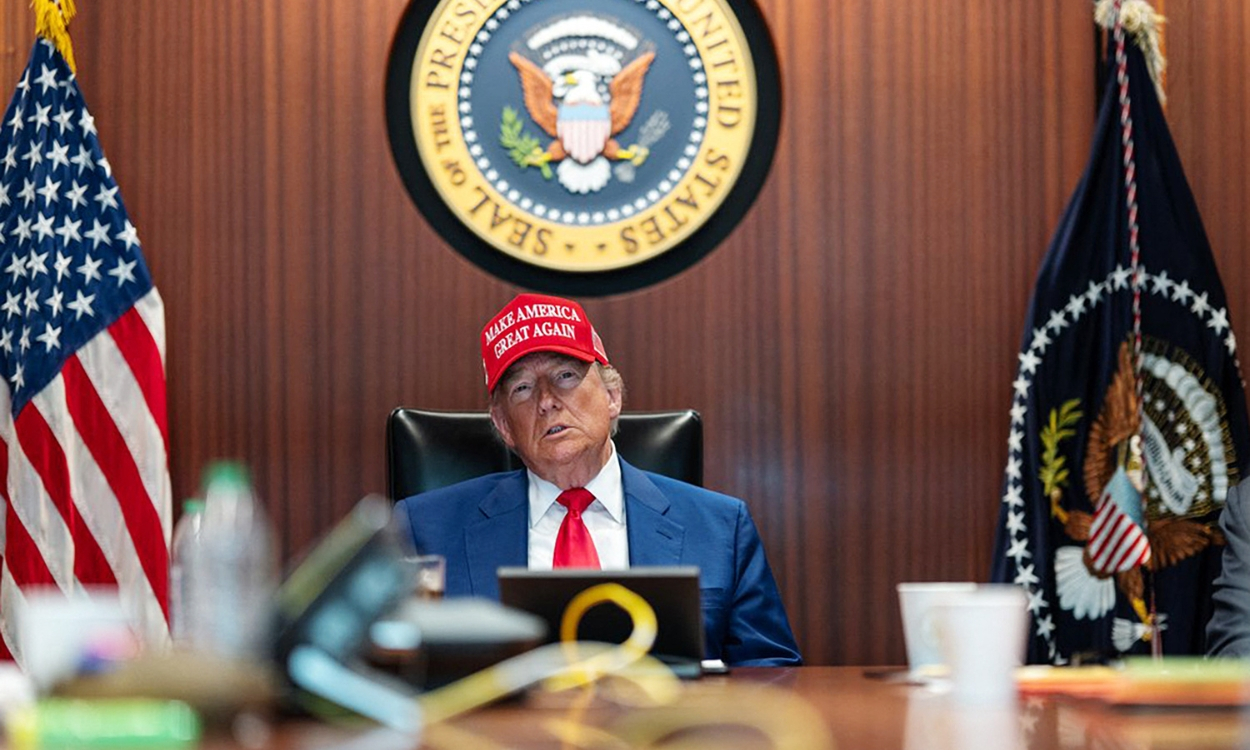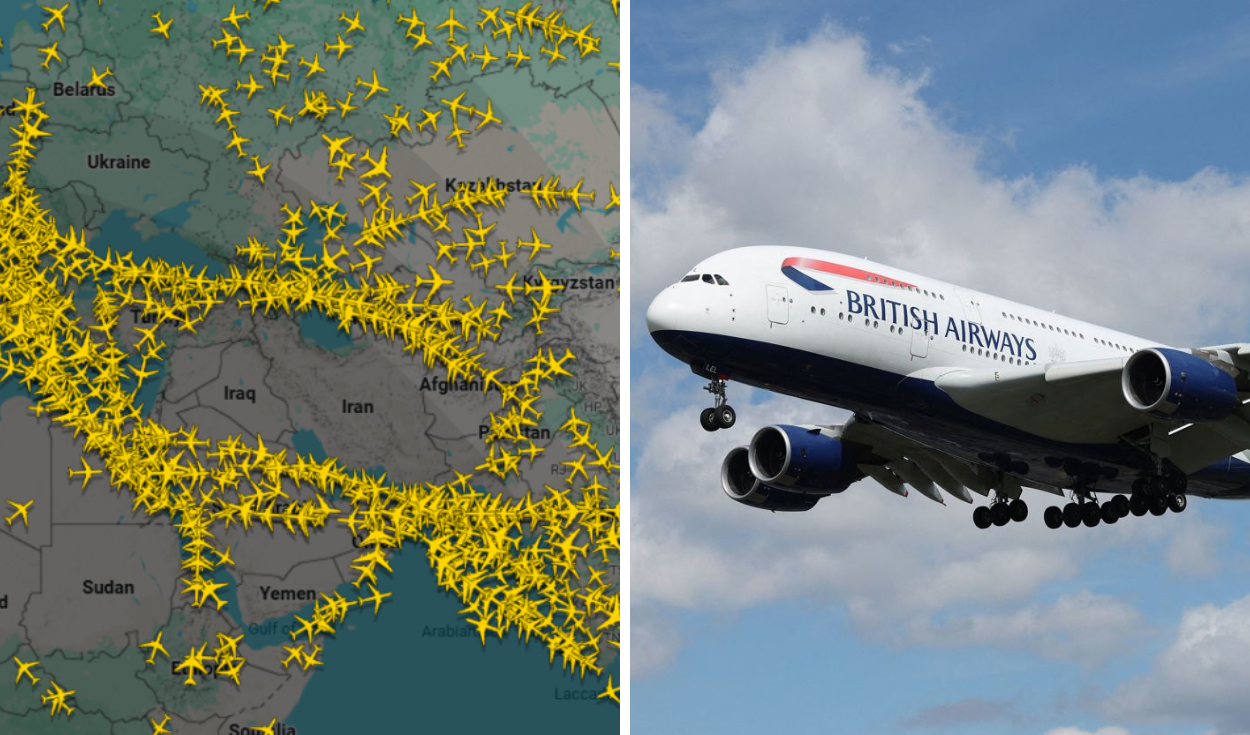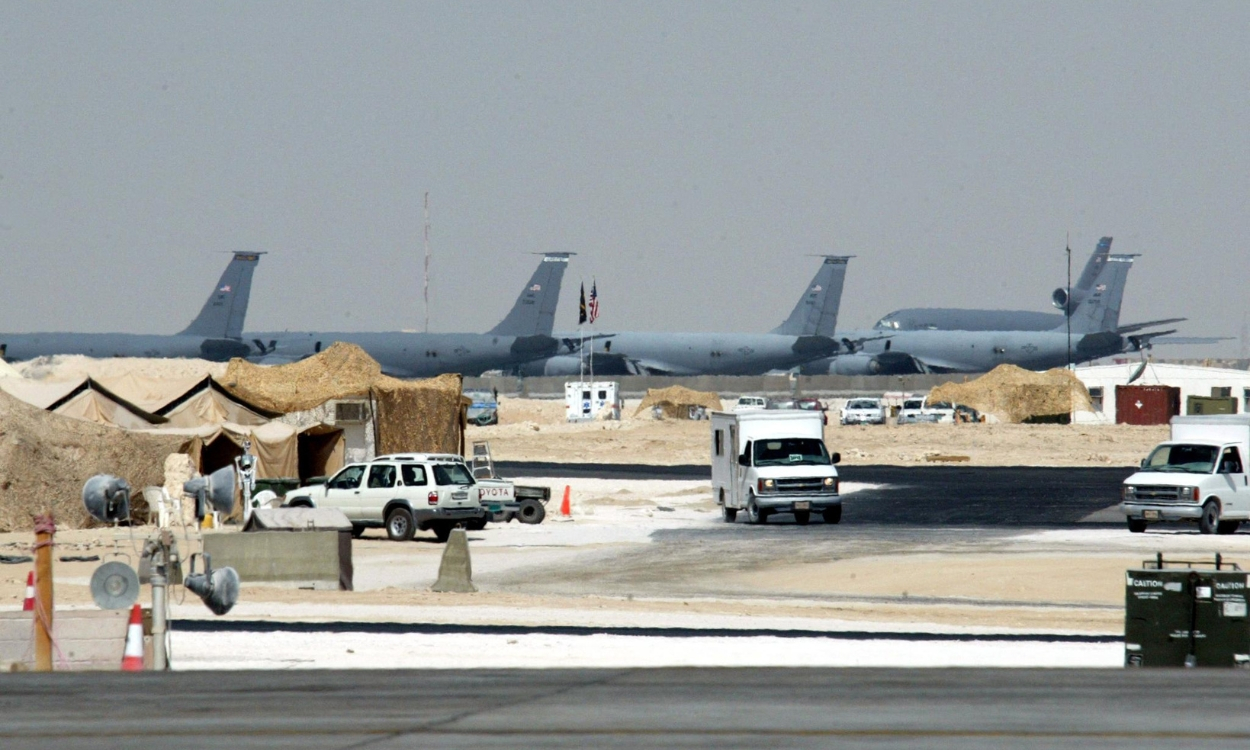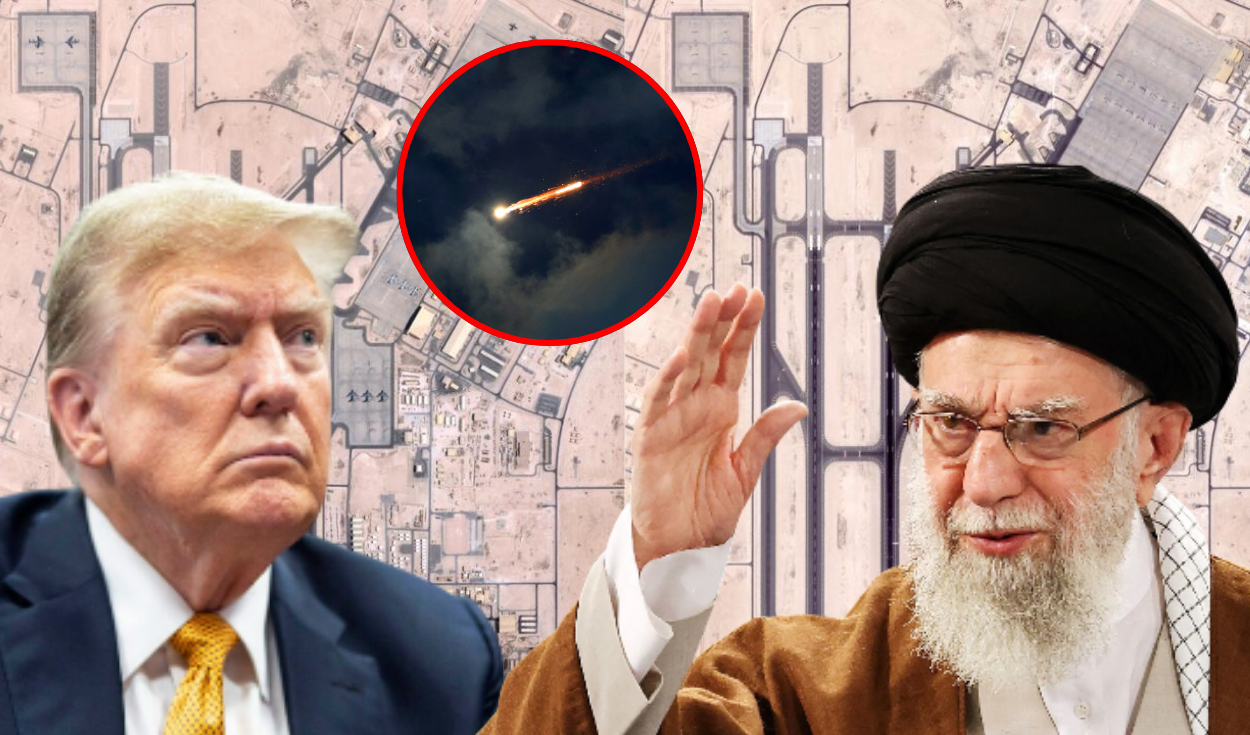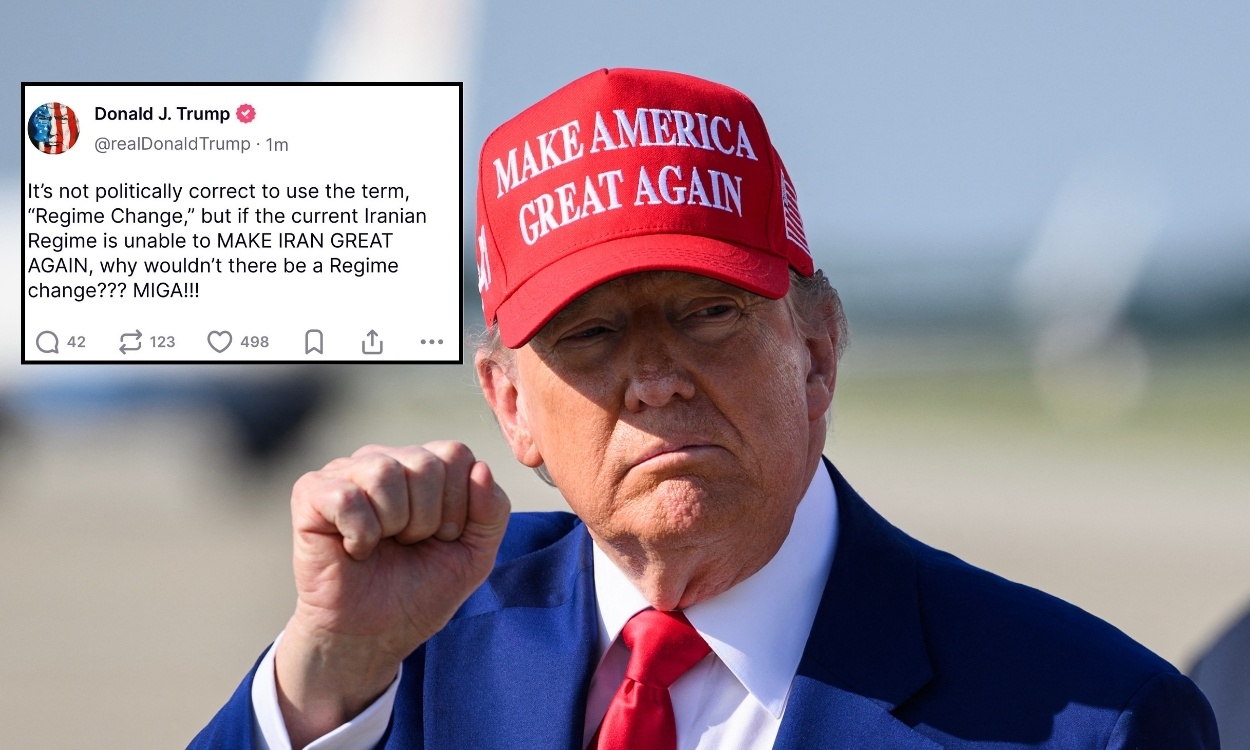When Is the papal conclave to elect a new Pope? Cardinals set date for Francis’ successor
Pope Francis died at the age of 88, and the process to plan a papal conclave to elect his successor soon began. The conclave will take place on May 7, when the cardinals will gather to vote for the new Bishop of Rome in the Sistine Chapel.

Pope Francis died on Easter Monday, April 21, 2025, at age 88 years, at his residence in the Vatican's Casa Santa Marta. Since his death, the process to prepare for a conclave to constitutionally elect the next Bishop of Rome has begun.
The body of Pope Francis was placed in St. Peter's Basilica for the people to pay their respects. His funeral was held Saturday, April 26, and now a date has been set to initiate a conclave to select a new pope.

ALSO SEE: Who is Sister Genevieve Jeanningros? The nun who defied protocol to say goodbye to Pope Francis
Vatican protocol for the New Conclave
On May 7, the elector cardinals will gather for a special mass before entering the conclave in the Sistine Chapel. In the chapel, the cardinals will vote for a new Pope up to four times a day, with a new Pope needing a two-thirds majority to be elected.
After every vote, white or black smoke will be released by the chimney, indicating whether a consensus has been reached on the new Pope. If white smoke is seen, the announcement of a new Pope will be made to the congregation at the St. Peter's Basilica balcony with the famous "Habemus Papam." The new pontiff will later accept the role and choose his papal name.
The process unchanged for 800 years
For more than 800 years, the process for electing a new Pope, or rather the basic steps involved, have remained mostly unchanged. There are important rules such as the fact that only cardinals who are under the age of 80 can vote; that all voters must be male and Catholic; that a two-thirds majority is required for the winner, except after the 34th ballot only the two candidates who received the most votes in the previous round can be considered.
Also, the names of the cardinals who run the voting process is randomly chosen. There are a total of nine cardinals who run the process; there are three scrutineers, three that collect the votes, and three that look over the votes.
